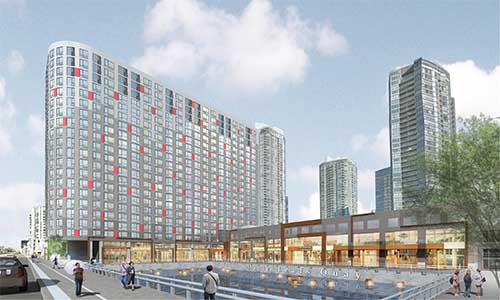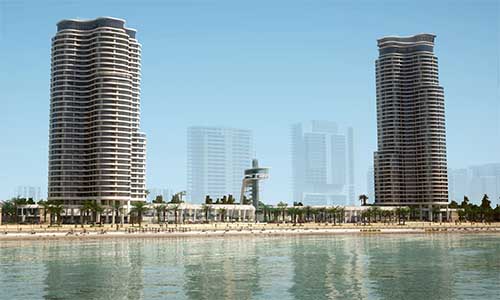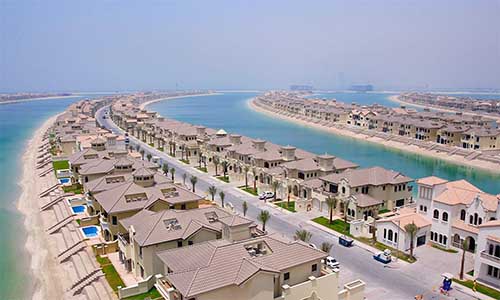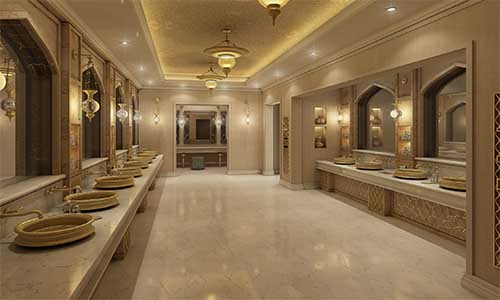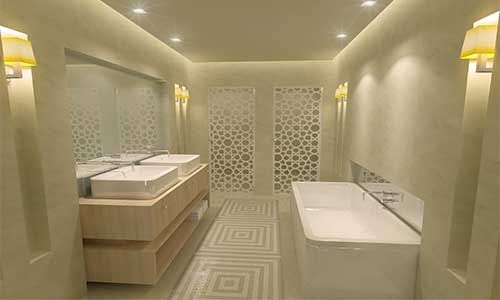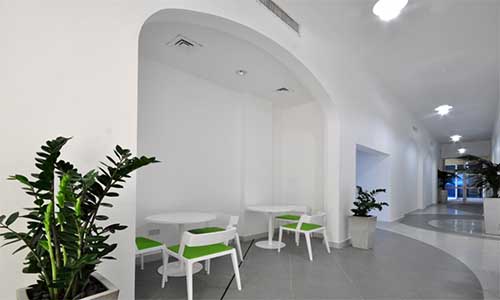" It's the dialogue of the pieces, not the pieces themselves,
that creates aesthetic success "
 Principal Architect
Principal ArchitectManaging Partner
B.Arch., M.Sc. [UK]
Rakesh is educated in Bangalore and London and has worked in India, Middle East and Canada with some of the most high profile and award winning architecture firms in the region.
Rakesh’s experience of over 15 years across a wide variety of projects includes residential, commercial, hospitality and mixed use high rises. He has been responsible for landmark projects such as The Palm Island Jumeirah, Al Tayer Motors Showroom, UAE and Maple Leaf Quay mixed use high rises, Toronto.
With a Masters in Architecture, Energy and Sustainability, Rakesh is a passionate advocate of sustainable practices and believes architecture is a key component of environmental, economic and social sustainability. Having travelled across Asia, Europe, Africa and North America, Rakesh brings a global approach to regional design solutions.
In addition, Rakesh is also an academic advisor at Mysore School of Architecture and regularly contributes improving architectural education provided by the school.
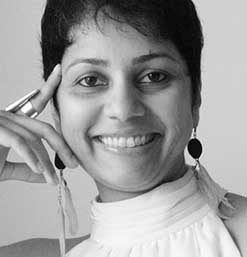 Principal Interior Designer
Principal Interior DesignerPartner
B.Arch., LEED GA
After Graduating with B.Arch. degree from Bangalore University, Prarthana has worked with some of the award winning Architecture and Interior design Firms in India, Middle East and North America. Her work experience of over 14 years ranges from Corporate, Hospitality to Retail Interiors from concept design to project management.
Having pursued design throughout her career in various forms and being an avid traveller has given Prarthana a unique breadth of knowledge and shaped her design approach which is evident in her body of works. Her designs are practical, classy and minimalistic with attention to detail.
Prarthana is also a LEED Green Associate (USGBC) and believes in Encouraging, Educating and Practising sustainable design. She strongly believes in ‘Think simple – to reduce the whole of its parts into the simplest of terms, getting back to first principles.’






